
Welcome to the Experian Thought Leadership Hub
Gain insights into the fast-changing world of consumer and business data through our extensive library of resources.
51 resultsPage 1
 Webinar
Webinar
Experian’s Brodie Oldham, VP of Commercial Data Science, and Marsha Silverman, Strategic Analytic Consultant revealed several insights on how small businesses are performing during the Q2 Quarterly Business Credit Review.
During the webinar we asked the audience:
 Video
Video
Outstanding student loan debt in the U.S. has reached an all-time high of $1.63 trillion, and the ripple effects are being felt far beyond the personal finance arena. This unprecedented debt burden is now shaping the way many small business owners borrow, manage credit, and maintain financial stability.
Check out the full report to see how these trends could impact your strategy!
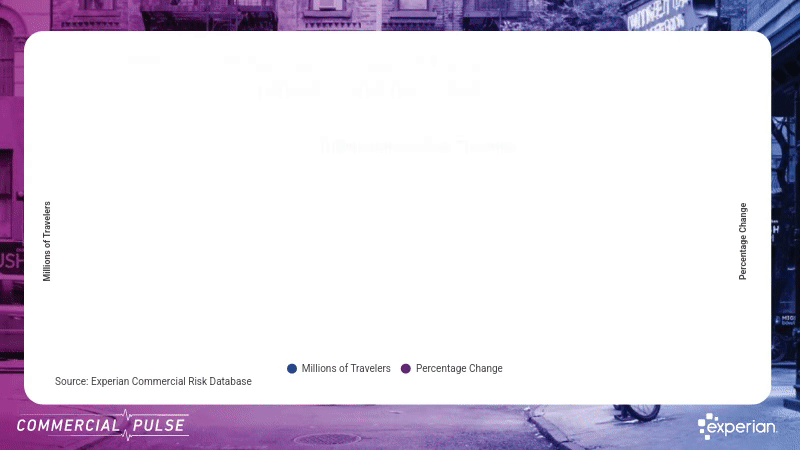 Video
Video
As temperatures rise across the U.S., so does the nation’s appetite for travel—and the Leisure & Hospitality sector is feeling the heat. In this week’s Commercial Pulse Report, we examine how soaring consumer demand intersects with evolving credit conditions for businesses in travel, lodging, and transportation.
Check out the full report to see how these trends could impact your strategy!
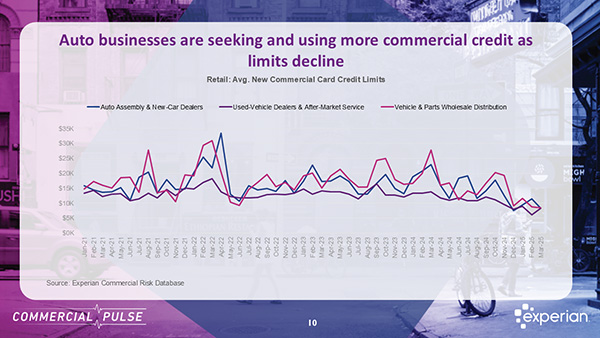 Video
Video
As the automotive sector adapts to rising vehicle prices, shifting consumer behavior, and persistent inflation, the ripple effects are clearly visible in commercial credit activity. Experian’s latest Commercial Pulse Report (July 22, 2025) dives deep into the evolving credit dynamics within the auto industry—and one trend is clear: credit access is contracting across nearly every segment.
Check out the full report to see how these trends could impact your strategy!
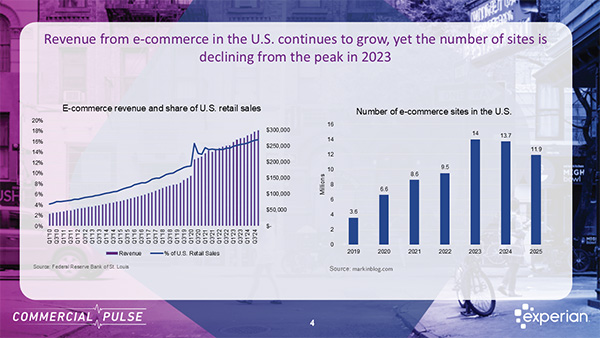 Video
Video
This week the Experian Commercial Pulse report focuses in on a fascinating paradox in the e-commerce industry that credit and risk management professionals should closely monitor. While online retail revenues continue their upward trajectory—now representing over 16% of total U.S. retail sales and generating quarterly revenues exceeding $300 billion—commercial credit inquiries from e-commerce businesses have declined by nearly 25% in the past year alone.
Check out the full report to see how these trends could impact your strategy!
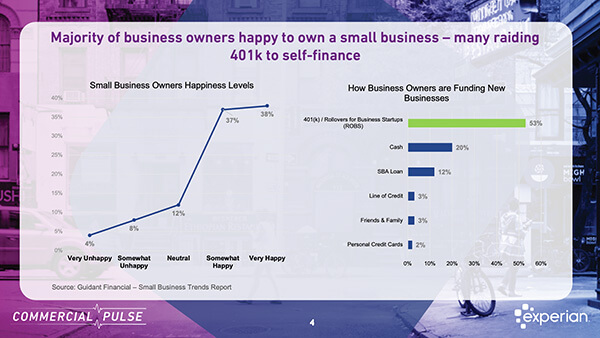 Report
Report
Economic uncertainty is often seen as a deterrent to growth, but for many Americans, it’s become the fuel for a fresh start. As inflation wavers and traditional employment structures shift, more individuals are stepping out of corporate roles to pursue business ownership. In this week’s Commercial Pulse Report, we take a closer look at what’s driving this wave of entrepreneurial activity.
Check out the full report to see how these trends could impact your strategy!
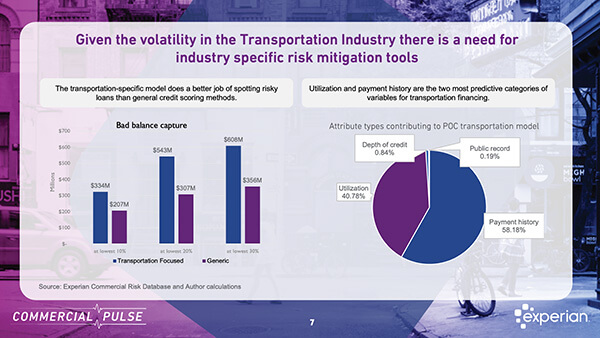 Video
Video
The latest Experian Commercial Pulse Report provides a sharp look at how recent economic shifts are impacting small businesses across the U.S., with a special focus on supply chains, specifically the transportation industry, which is experiencing fallout from changing trade policies. Are industry-specific models effective in mitigating risk?
Check out the full report to see how these trends could impact your strategy!
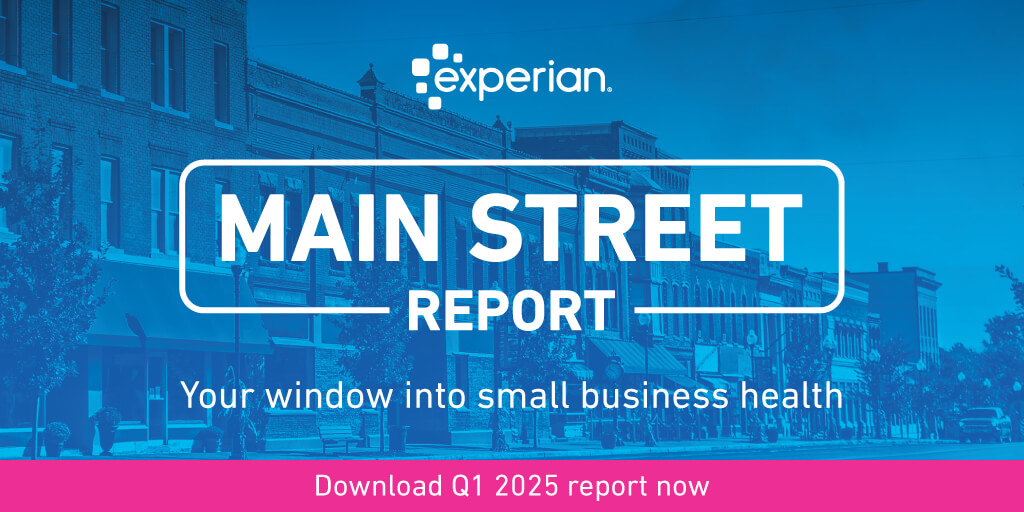 Report
Report
U.S. small businesses are navigating a challenging but stabilizing credit environment, shaped by persistent inflation, elevated interest rates, and cautious consumer sentiment. According to Experian’s latest data, small business credit utilization has remained steady, reflecting disciplined borrowing behavior, while delinquency rates have shown only modest increases, suggesting overall credit health remains intact. The Experian Small Business Index™ indicates a slight uptick in new business credit applications, signaling renewed interest in growth despite macroeconomic headwinds.
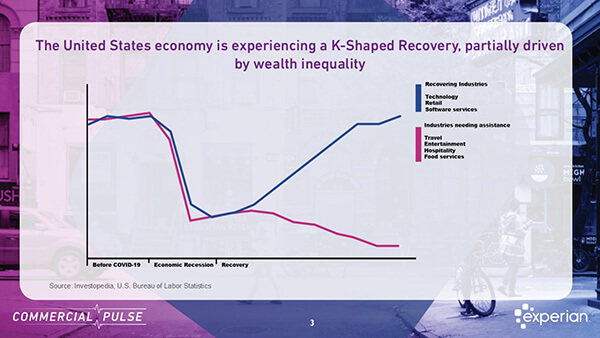 Report
Report
The latest Experian Commercial Pulse Report reveals a complex but fascinating picture of the U.S. economy and the small business landscape. According to Javier Rodriquez-Paiva’s research, while headline indicators suggest moderation, like slowing inflation and a steady unemployment rate, beneath the surface, disparities in recovery and credit performance continue to deepen.
Check out the full report to see how these trends could impact your strategy!